The Coronavirus Job Retention Scheme
The Coronavirus Job Retention Scheme (CJRS) has been extended until the end of March with employees receiving 80% of their normal pay, capped at £2,500.
As a business owner, you’ll need to pay Employer National Insurance and pension contributions for the hours your employees work. You’ll also have the flexibility to bring your furloughed employees back on a part-time or full-time basis and can top up wages if you want.
For the last three months of the existing furlough scheme, the government contribution has been reduced – now at 60% of normal pay. Under the extended scheme, it will revert back to its original format of 80% so the cost for employers is reduced.
As part of the revised scheme, anyone made redundant after 23 September can be rehired and put back on furlough.
Self-Employment Income Support Scheme
The Self-Employment Income Support Scheme (SEISS) has been made more generous. You’re now able to claim government support worth 80% of trading profits.
Payments will be made more quickly as the claims window has been brought forward to 30 November.
SEISS grants are calculated over three months and the uplift to 80% for November, December and January mean that the total grant is now capped at £7,500.
The eligibility criteria seem to be the same as the previous grant so if you're newly self-employed, you may be excluded.
For more information and to see if you’re eligible, you can learn more here.
Additional support
Under the Local Restrictions Support Grant, businesses forced to close such as restaurants, bars and non-essential retail, will receive grants worth up to £3,000 per month.
It was also announced that more businesses will be able to benefit from government-backed loans as deadlines for applications have been extended until 31 January.




